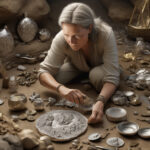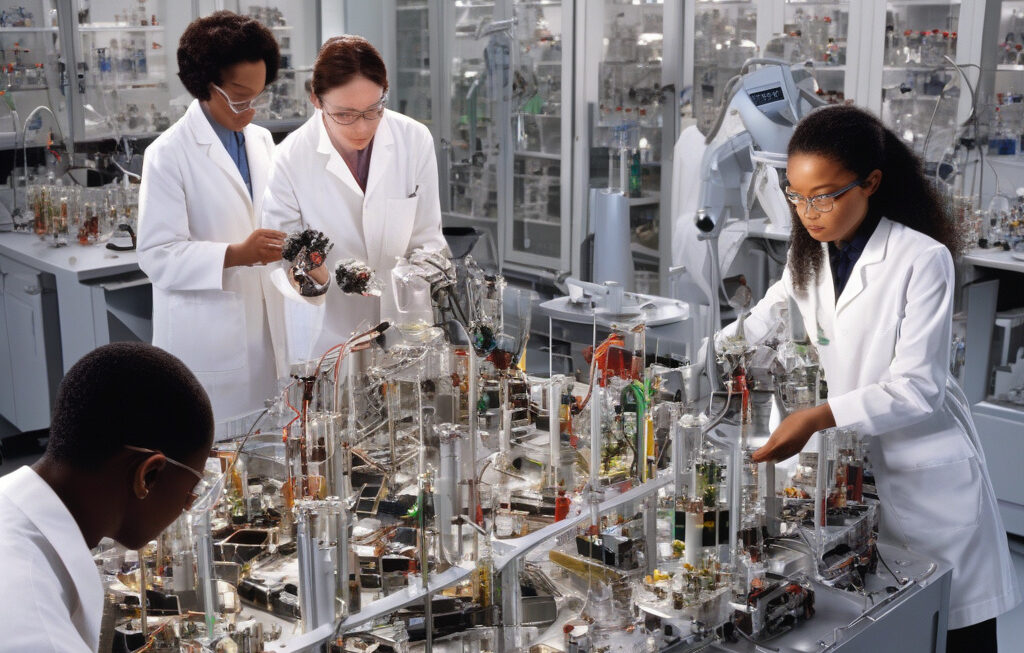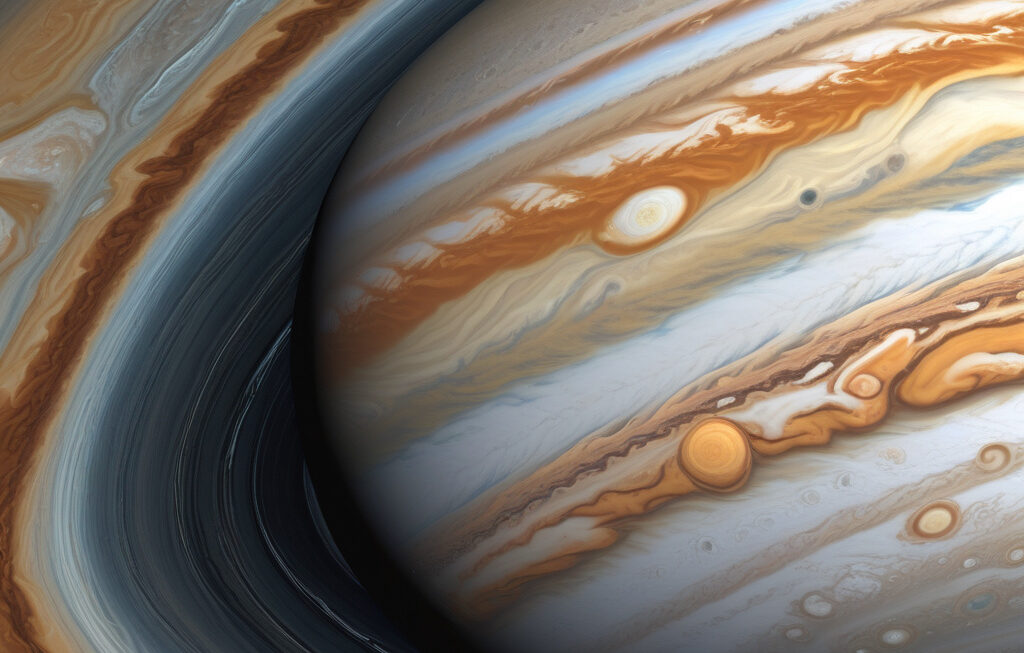From Wild to Rideable: How Two Genes Helped Turn Horses into Best Human Allies
For much of human history, survival and progress depended on how far and how fast one could travel. The evolution of transportation was a game-changer for our ancestors, and one animal played a pivotal role in this advancement – the horse. From their wild and untamed origins to becoming our loyal companions in work and leisure, horses have truly transformed the way we live. But what made these majestic creatures not only domesticable but also our best allies?
Recent scientific studies have shed light on the genetic basis behind the taming of horses. Researchers have identified two key genes that played a crucial role in turning wild horses into the rideable companions we know today. These genes, dubbed “DMRT3” and “LCORL,” are responsible for shaping the spinal cord and overall body size of horses, respectively.
The DMRT3 gene, in particular, is instrumental in controlling the gait of horses. Variations in this gene can determine whether a horse will have a natural ability for ambling, pacing, or trotting. Horses with certain mutations in the DMRT3 gene are more likely to exhibit smooth and comfortable gaits, making them ideal for riding and long journeys. This genetic trait has been honed through selective breeding over centuries, leading to the development of specific horse breeds prized for their gait patterns.
On the other hand, the LCORL gene influences the height and body size of horses. Through selective breeding, humans have been able to manipulate this gene to create horses of varying sizes to suit different needs, from the sturdy and strong draft horses used for heavy work to the elegant and agile breeds favored in equestrian sports.
The domestication of horses was not a quick process but rather a gradual and selective one that spanned thousands of years. Early humans recognized the potential of horses as reliable sources of transportation, labor, and companionship. By understanding and harnessing the genetic traits that make horses suitable for these roles, our ancestors were able to transform these once-wild animals into indispensable allies.
Today, the bond between humans and horses remains as strong as ever. Beyond their practical uses in agriculture, transportation, and sports, horses continue to captivate us with their beauty, grace, and intelligence. The connection between horse and rider is a unique and special one, built on trust, respect, and mutual understanding.
As we marvel at the journey from wild to rideable that horses have undertaken, it is clear that the two genes, DMRT3 and LCORL, have played a significant role in shaping this incredible transformation. Through the centuries, humans have not only shaped the physical characteristics of horses but also their behavior and temperament, forging a partnership that has stood the test of time.
In conclusion, the story of how horses evolved from wild creatures to our closest animal companions is a testament to the power of genetics, selective breeding, and human-animal relationships. The legacy of these two crucial genes lives on in the countless horses that enrich our lives and continue to be our most trusted allies in both work and play.
evolution, genetics, horse riding, human-animal bond, selective breeding












